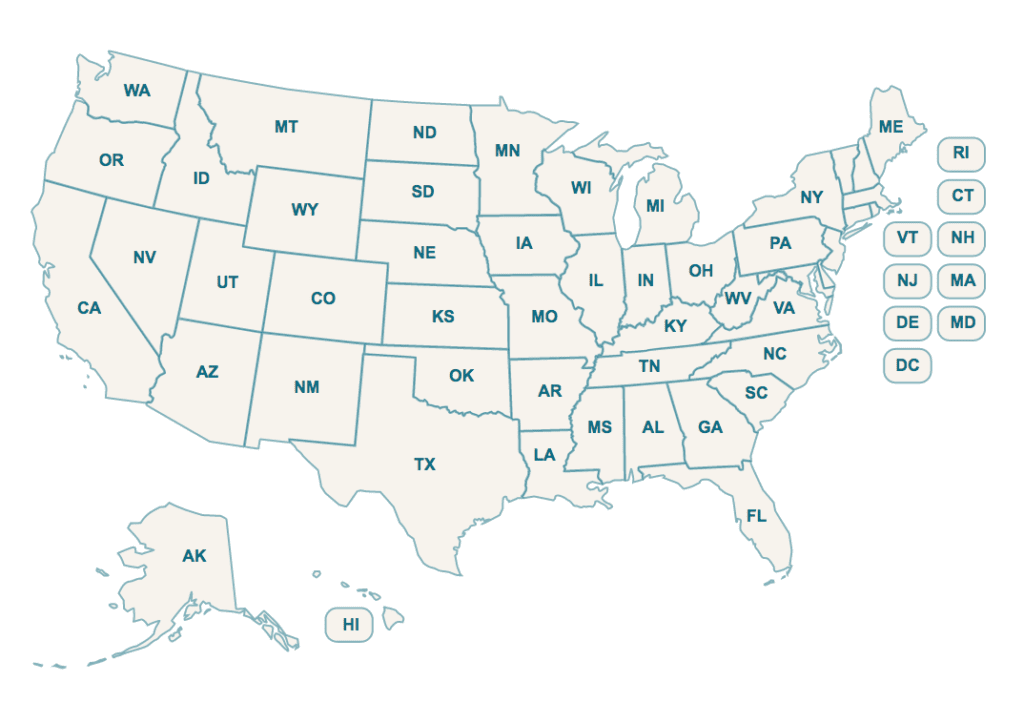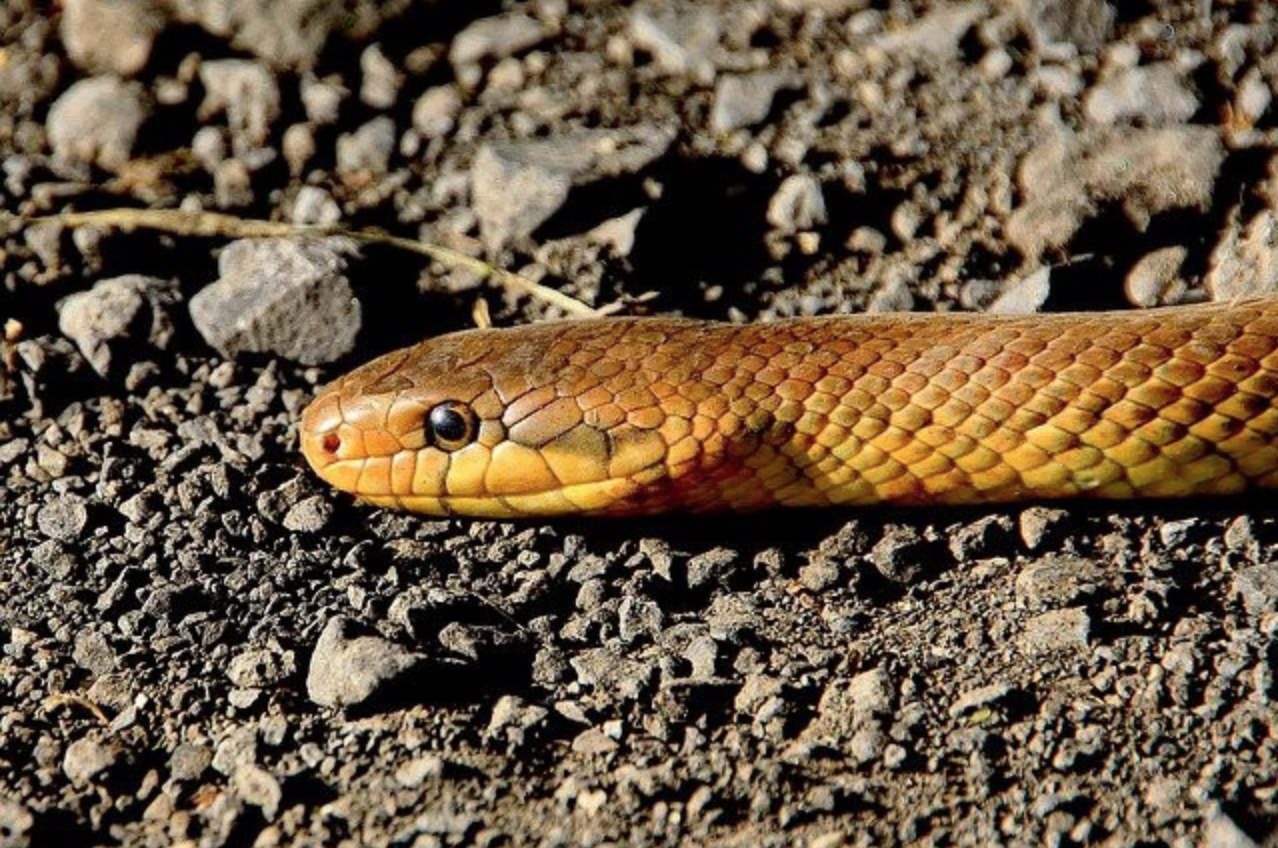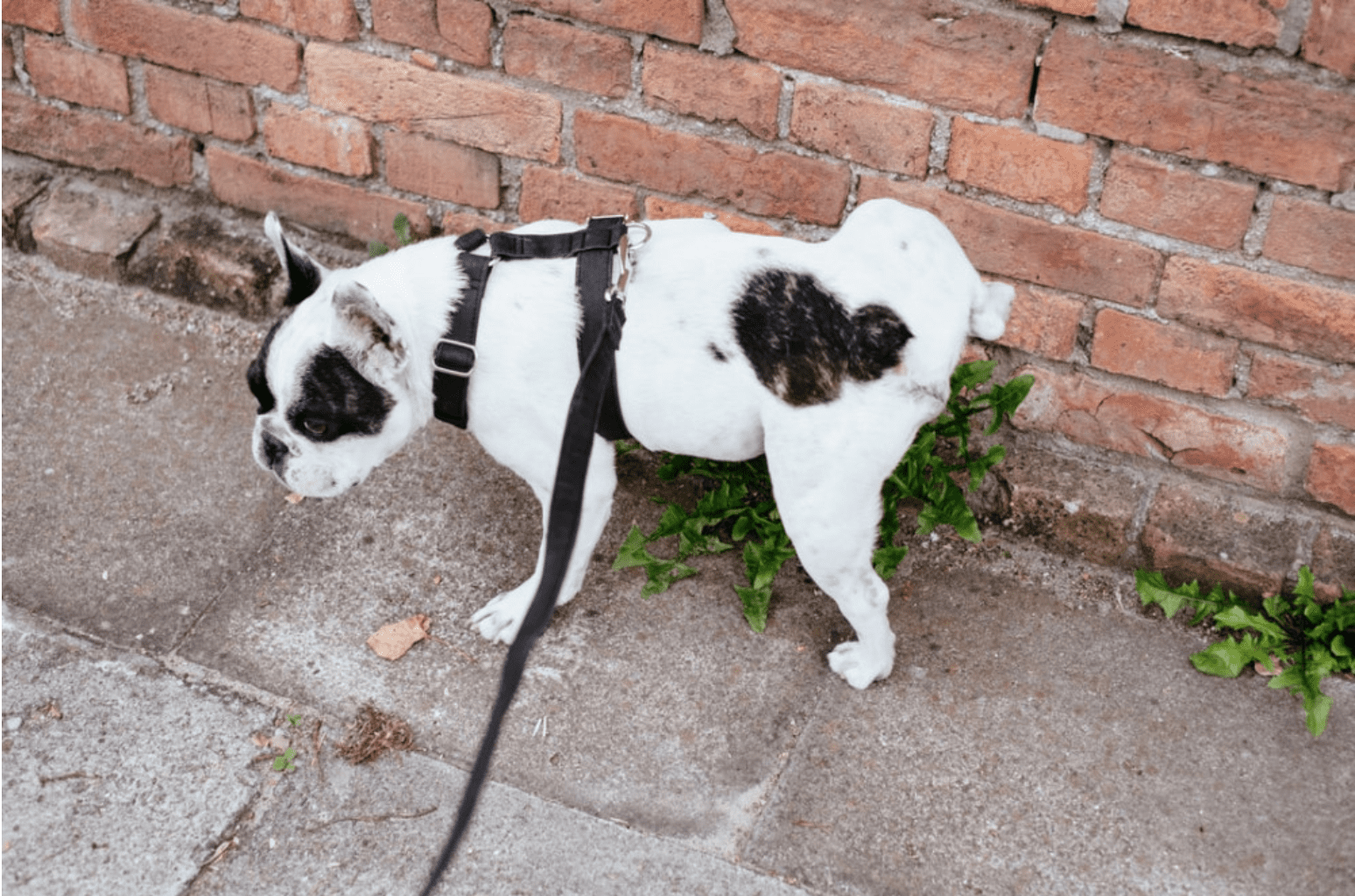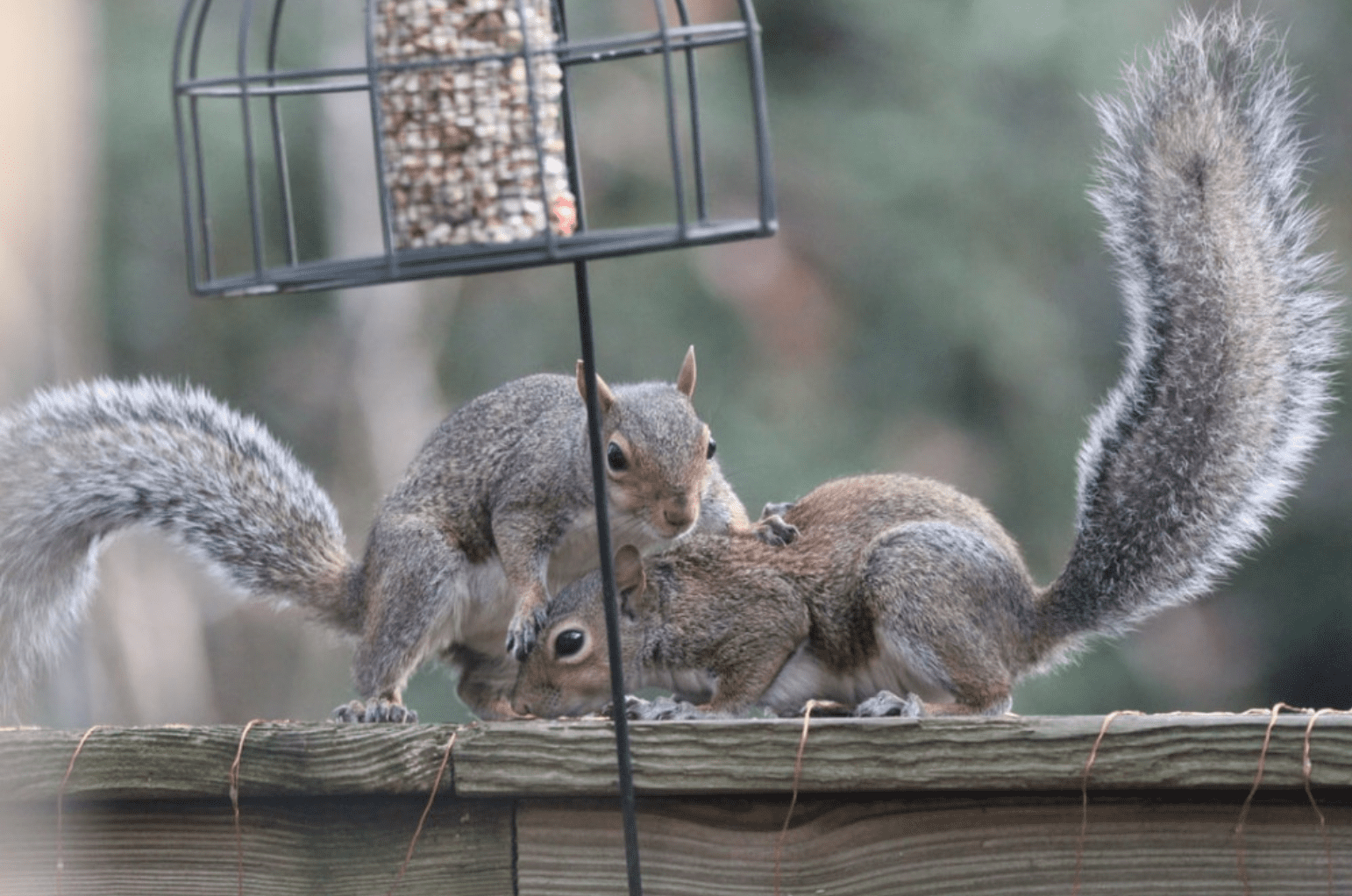It’s safe to say that as far as pests go, snakes are perhaps the most frightening to encounter in your home. The idea of a snake slithering into your home is terrifying for most people. The thought of coming face to face with one in the dark is enough to give anyone nightmares! You are not alone if you are wondering ‘how to keep snakes out of my house.’
The good news is that most snakes that are found near your home are not poisonous. But this isn’t to say that they all aren’t. As a result, it’s essential to take precautions when you find one lurking in or around your home. Let’s go over some methods that you can take to keep snakes out of your house.
What Attracts Snakes?
For the most part, snakes come out of hiding when the temperature rises to anywhere between 80 and 90 degrees. Snakes like warm weather, so you can expect to see them often during spring and summer.
Snakes are attracted to your home by a variety of things, including rodents and small birds. Do you have bird feeders and nesting boxes anywhere in your yard? Chances are snakes will be lurking nearby waiting for their next meal.
You are a good homeowner and keep your yard well irrigated, right? You may unknowingly be attracting snakes into your yard. This is because snakes look for cool shelter during particularly hot days. Mulch or grass makes the perfect place for a snake to keep cool.
How to Keep Snakes Away
There are simple and inexpensive steps you can take to make it less likely they will come inside. You can also use some products to keep snakes out of your property.
Minimize Dark Spaces
Snakes prefer to hide in dark spaces, so minimizing dark spaces in your home is a good way to keep snakes from entering your home. Be sure to replace any damaged gutters, ventilation ducts, and any other area where a snake could easily slither in through. If you have any piles of mulch or wooden laying around, consider getting rid of these as they also make great snake nests.
Tidy Up Your Landscape
Keeping your landscape as clean as possible is also ideal if you want to keep snakes at bay. Be sure to remove any weeds or overgrown grass since this makes an excellent habitat for snakes to hide in. To keep them out of your yard, you can install snake-proof fencing made out of mesh, plastic, or net. Leaving around pinecones, broken eggshells, or even gravel can also prevent snakes from hiding in your yard since these items can make it hard for them to slither accross.
Use Repellents
If you want to take a more natural approach, consider planting natural snake repellents such as lemongrass and marigolds. Snakes also despise the smell of smoke, so if you have a fire pit in your yard, consider using it anytime you think there might be snakes present.
To keep snakes out of your home, you can also use snake repellants such as mothballs, powdered sulfur, clove and cinnamon oil, and even vinegar. Spraying or keeping these items around your home will be useful to keep the snakes away.
How to Get a Snake Out of Your Home
If you’ve recently discovered that a snake has entered your home, the important thing is to stay calm, no matter how petrified you might be.
Before you do anything that gets you close to the snake, you need to be sure that it is not a venomous species –more on that below.
If you are 100% sure it is not venomous, you can try the following if your heart is not pounding in fear.
- Quickly and quietly open a nearby door, grab the broom leaning against it to herd your snake outside gently.
- If herding the snake out didn’t work and it is a small snake, you can try putting an empty bucket or trashcan over it and then place something heavy on top of that. Once the snake is secure inside, call a professional to get it out of your house.
- If you are confident, you can also use a stick or the end of a broom to pin its head down. Once you’ve done that, wearing garden gloves, grab it from behind its head and carry it out of your home.
If a snake is trapped in your basement, you might have a harder time getting it out of your home. This is because you may be limited in terms of light. Your best bet here would be to set up a humane snake trap to try and get the snake out of your home as quickly and efficiently as possible.
If all this fails, professionals are always available for the right fee.
Helpful Tips for Staying Safe When Dealing with Snakes
As mentioned earlier, some snakes are non-poisonous, while others can be deadly. You may not always know what type of snake you’re up against, so you should always be cautious if you spot one in your home or while out in your yard.
When lifting something off the ground, be careful as there could be a snake hiding underneath. Snakes don’t have perfect hearing and can be easily startled and may attack in return.
If you do end up seeing a snake, simply back away slowly and stay out of its space. Know that the time of the year affects how a snake will react. In the springtime and during late fall, snakes tend to be more sluggish. From September to December, they are going into hibernation and come out of it in March or April.
During the summer and late spring, snakes tend to be more aggressive and energetic. During this time they are more likely to strike if disturbed or startled. Do not under any circumstances attempt to pick up or handle a snake in any way, shape, or form unless you are certain it is not a dangerous species. Back away as much as you can from the snake as their striking distance is about half the snake’s total length.
You should also make sure never to stick your hand in any holes you may find in the ground as chances are this is a snake’s home, and they won’t take too kindly to your disturbance.
How To Recognize the Type of Snake
Although most of us would still be scared or repulsed regardless of how dangerous the snake is, it helps to know if the snake belongs to a poisonous species.
Nearly 98% of venomous snakebites in the United States come from snakes from the subfamily Crotalinae, colloquially known as pit vipers. The most common pit vipers in the United States are copperheads, cottonmouths, and rattlesnakes.
The video below helps you spot and identify the most common venomous snakes in the United States. Although the video is specific to North Carolina, how you identify the snakes is the same regardless of the State.
You can also see which species of snakes are native to your local area using an interactive map of the United States.

Conclusion
At the end of the day, snakes are only aggressive if they feel threatened or are startled. If you’ve got a snake in your home, be sure to stay calm and not make any sudden movements as this could only further scare the snake.
Video Summary
I have created a quick summary video for this blog post. If you like this video, consider subscribing to the House Notebook Youtube Channel.
Related Posts:




